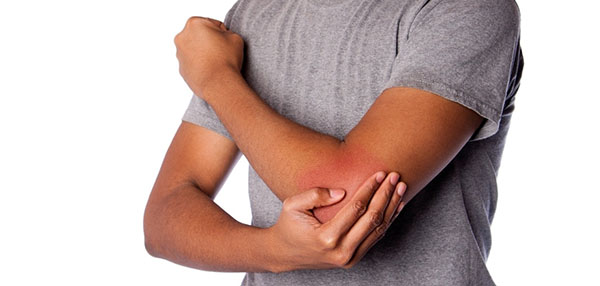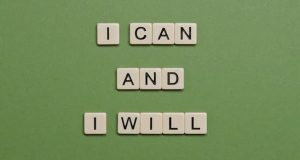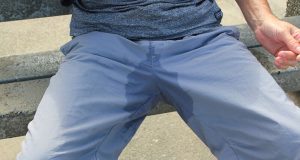By Dr. Virginia Nsitem
Pride Health Columnist
Do you have pain when performing a repetitive task during your day? Does the pain affect your shoulder, elbow, or wrist? This article will discuss the causes and symptoms associated with repetitive stress injuries.
What is repetitive stress?
The term repetitive stress injury, also known as repetitive strain injury, is used to describe injuries to soft tissues caused by overuse or repetitive activities. The tissues often involved include muscles, tendons, ligaments and nerves of the shoulder, elbow, and hand. Symptoms of repetitive stress injuries include difficulty performing the activity, pain, tingling or numbness in the arm and hand, swelling of the affected joint, decreased mobility, and weakness.
Repetitive type injuries are often associated with jobs such as painting, typing, and working on an assembly line. It is also common in sports such as tennis and golf.
What are some common repetitive stress injuries?
Repetitive stress injuries are very common in the shoulders, elbows, hands and fingers, and often cause injuries such as:
• Tendinitis at the shoulder (rotator cuff injury)
• Tendinitis at the elbow (tennis or golf elbow)
• Bursitis at the elbow or shoulder
• Carpal tunnel syndrome at the wrist (numbness in the hand and fingers)
• Tenosynovitis (tendonitis at the thumb)
Repetitive stress injuries are also common at the back (muscle strains), knees, and feet (plantar fasciitis). Repetitive stress injuries can lead to overuse of the muscles and joints, causing arthritis.
What can be done?
The first step is to get a proper diagnosis by your chiropractor or physician. Treatment for repetitive stress injuries may include protection of the joint with a brace or support, short-term rest and avoidance of the repetitive activity, ice to control the inflammation, compression to reduce swelling, and elevation. The rehabilitation program often involves soft tissue techniques, the use of laser therapy, joint mobility techniques and other chiropractic treatments, stretches, and strengthening exercises of the joint. You may also be educated on proper ergonomics at home and at play.
Dr. Virginia Nsitem is a chiropractor specializing in laser therapy for muscle, joint and nerve injuries, and is a Fellow of the Royal College of Chiropractic Sports Sciences in Canada. She may be reached at (905) 275-4993, or by email at totalhealth@bellnet.ca.
 Pride News Canada's Leader In African Canadian & Caribbean News, Views & Lifestyle
Pride News Canada's Leader In African Canadian & Caribbean News, Views & Lifestyle





